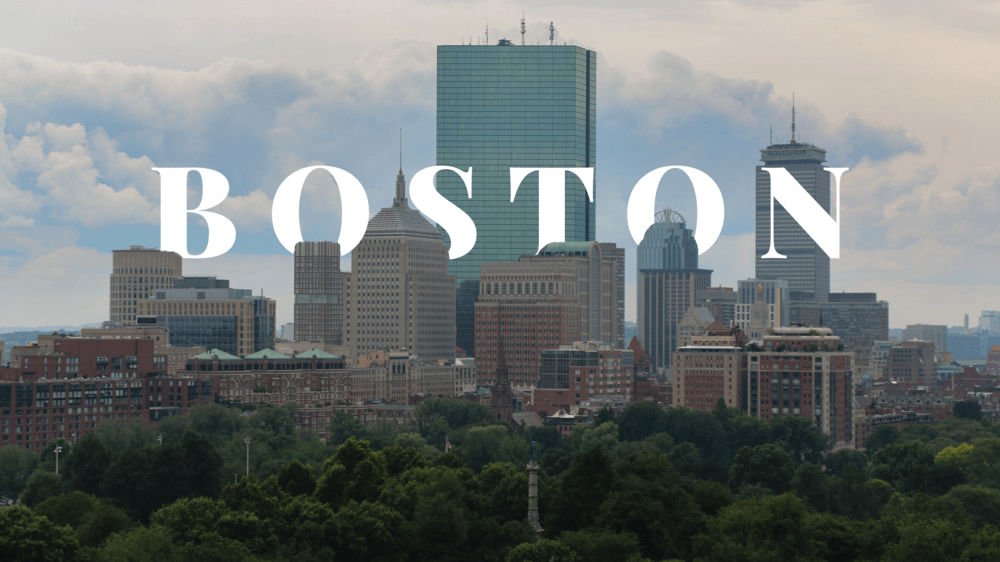Boston, MA
Boston, city, capital of the commonwealth of Massachusetts, and seat of Suffolk County, in the northeastern United States. It lies on Massachusetts Bay, an arm of the Atlantic Ocean. The city proper has an unusually small area for a major city, and more than one-fourth of the total—including part of the Charles River, Boston Harbor, and a portion of the Atlantic—is water. Area city, 46 square miles (119 square km). Pop. (2000) 589,141; Boston-Quincy Metro Division, 1,812,937; Boston-Cambridge-Quincy Metro Area, 4,391,344; (2010) 617,594; Boston-Quincy Metro Division, 1,887,792; Boston-Cambridge-Quincy Metro Area, 4,552,402.
The area, the people, and the institutions within its political boundaries can only begin to define the essence of Boston. Its nickname “Beantown” has its origin in colonial times, when Boston, as a stop on a major trade route with the West Indies, had a steady supply of molasses from the Caribbean, thus leading to the creation of a popular dish that became known as Boston baked beans (beans baked in molasses). As a city and as a name, Boston is a symbol of much that has gone into the development of the American consciousness, and its presence reaches far beyond its immediate environs. As the spiritual capital of the New England states, as the progenitor of the American Revolution and the nation, and as the earliest center of American culture, Boston has influenced the country for some three centuries. Though Boston, like New England in general, has played a lessening role in national life since the early 20th century, it has remained the focal point of what may be the most diversified and dynamic combination of educational, cultural, medical, and scientific activities in the United States.
Landscape
The Boston region’s topography was largely shaped by the glaciers that covered the land during the last ice age. The city and its sheltered Deepwater harbor sit in a basin that extends to Lynn in the north and Quincy in the south and is ringed by modest hills: the Middlesex Fells (north) to the Blue Hills (south). There are harder, higher surface rocks (mostly granites) on those northern and southern edges, while inside the basin the lower-lying rocks—commonly known as pudding stone—are found mostly below the surface in such areas as Roxbury, Newton, Brookline, Mattapan, West Roxbury, and Dorchester. The land, enormously compressed by the vast accumulation of glacial ice on it, has since been rebounding (rising up) at an extremely gradual rate.
People
Between 1800 and 1900 Boston changed from a relatively simple and ethnically homogeneous seaport of some 24,000 inhabitants (mainly of English ancestry) to a city with a much more diverse population of more than 560,000. The burgeoning of the city’s population during the 19th century was the result of a succession of immigrant waves that increased the total by at least one-fourth in each decade from 1810 to 1900. While the Irish were the most important immigrant group during the 19th century, from the late 1880s through the 1910s Boston also received a new wave of immigrants, mainly from southern and eastern Europe, including Italians and Jews. The traditional Yankee elite, of mainly English origin, remained in the central Boston neighborhoods of Beacon Hill and Back Bay and dominated many of the city’s economic institutions, while Irish, Italian, Jewish, and other immigrant groups occupied many of the outlying neighborhoods and gained control over the city’s political life.
Source:







